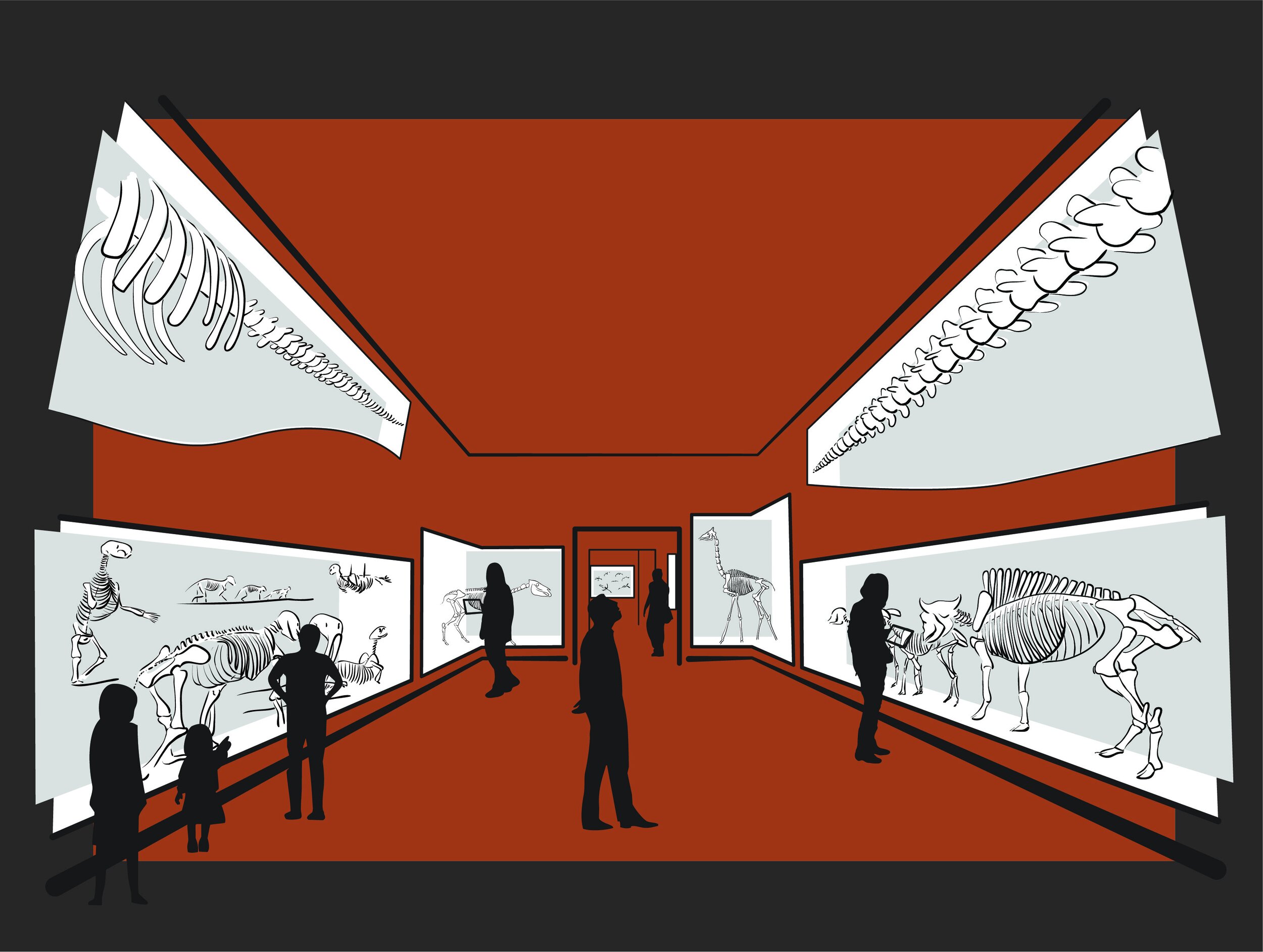
Research
Museums are among my favorite places. I blame it on the aesthetic of the galleries and collections, the endless source of new knowledge and the pleasure of self and group discovery. But the experience of each visitor is unique and shaped by previous experiences, gender, age and many other factors that make human nature diverse.
The holistic and multifaceted reality of the Visitor Experience was the theme of my doctoral research because the more we understand it, the more proficient we become at communicating with the visitors to cultural institutions. It’s in the exhibition space that illustrations, animations, infographics and interactives can engage and facilitate the interpretation of content.
I conducted doctoral research on the experience of museum visitors using mobile Augmented Reality technology in exhibits.
In my Ph.D. I used Augmented Reality (AR) as a tool. Its main feature of superimposing virtual content onto the surrounding physical environment has the potential to merge the observational and interpretational aspects of experiencing an object or a cultural site. The case study for the research was Skin & Bones, an AR mobile app that I helped produce, design and created content for. This technology advanced tool was meant to engage visitors to the Bone Hall at the Smithsonian’s National Museum of Natural History with animal anatomy and evolution.
The research study was designed to examine visitors before and after the app was launched and, for research purposes, the app was developed in two versions, with AR and without. By demonstrating a strong positive influence of AR over the visitors and analyzing multiple aspects of their visit, the study contributed to a better understanding of modern museum audiences and their preferences for and aptitudes with technology-mediated experiences. Read the research publications.